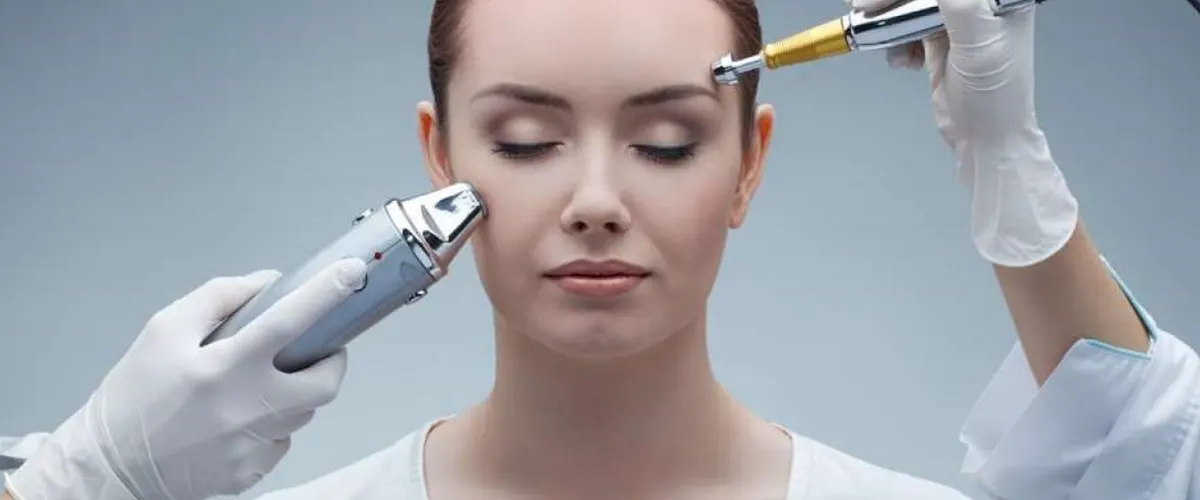
Aesthetic dermatology, also known as cosmetic dermatology, is a specialized branch of dermatology focused on enhancing a person's appearance through non-surgical and minimally invasive procedures. The primary goal of aesthetic dermatology is to help individuals achieve a more youthful and attractive appearance by addressing various skin, hair, and nail concerns. Some common treatments and procedures in aesthetic dermatology include:
1. Botox and Dermal Fillers: Botox injections and dermal fillers are used to reduce wrinkles, fine lines, and facial volume loss. Botox temporarily relaxes muscles that cause wrinkles, while dermal fillers add volume to areas like the lips and cheeks.
2. Chemical Peels: Chemical peels involve the application of a chemical solution to the skin's surface to exfoliate and improve its texture. They can help with issues like uneven skin tone, acne scars, and sun damage.
3. Laser and Light Therapies: Various laser and light-based treatments can target skin issues such as acne, pigmentation problems, scars, and unwanted hair. These therapies stimulate collagen production and improve skin texture.
4. Microdermabrasion: Microdermabrasion uses a machine to exfoliate the outer layer of skin, promoting a smoother and more youthful complexion. It's often used for mild skin imperfections.
5. Liposuction and Body Contouring: Some dermatologists offer liposuction and body contouring procedures to remove excess fat and sculpt the body's contours.
7. Skin Tightening: Non-surgical procedures like ultrasound or radiofrequency can be used for skin tightening and reducing sagging skin.
8. Injectable Treatments for Skin Quality: Some injectable treatments, such as platelet-rich plasma (PRP) and mesotherapy , can improve skin quality, texture, and hydration.
Aesthetic dermatology is typically elective and focuses on enhancing a person's self-confidence and self-esteem by addressing cosmetic concerns.








